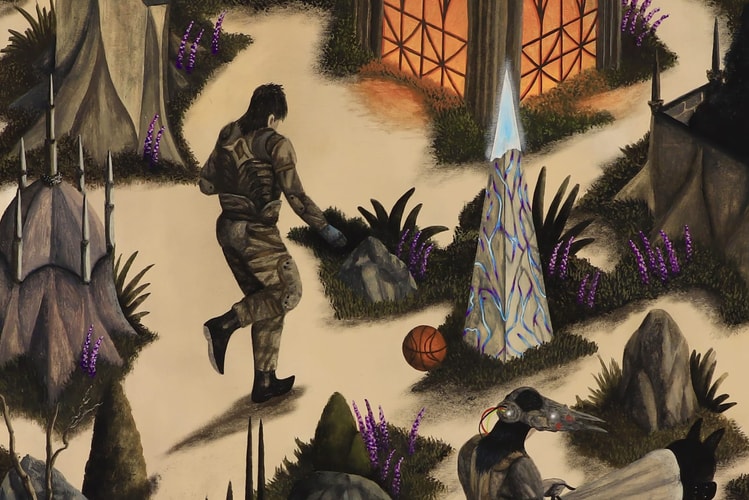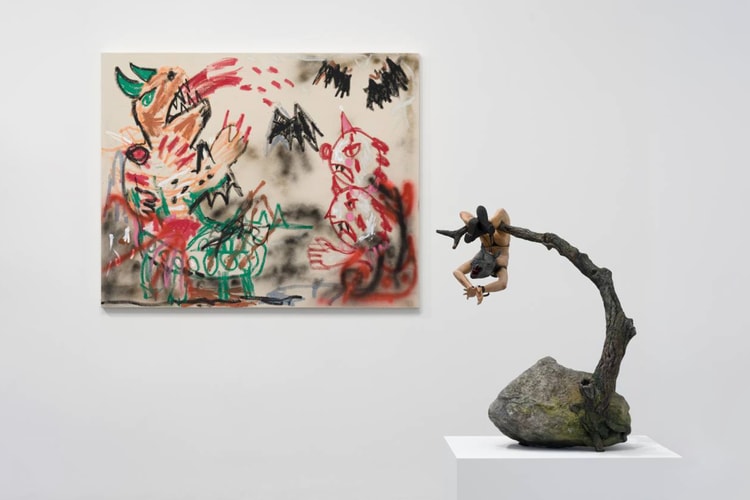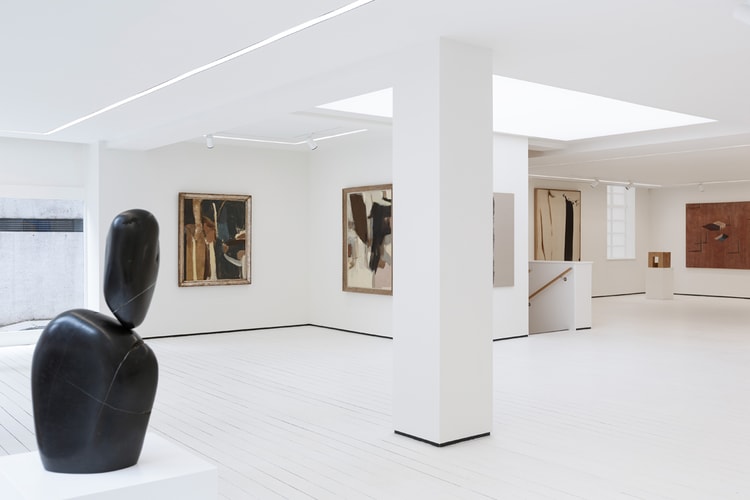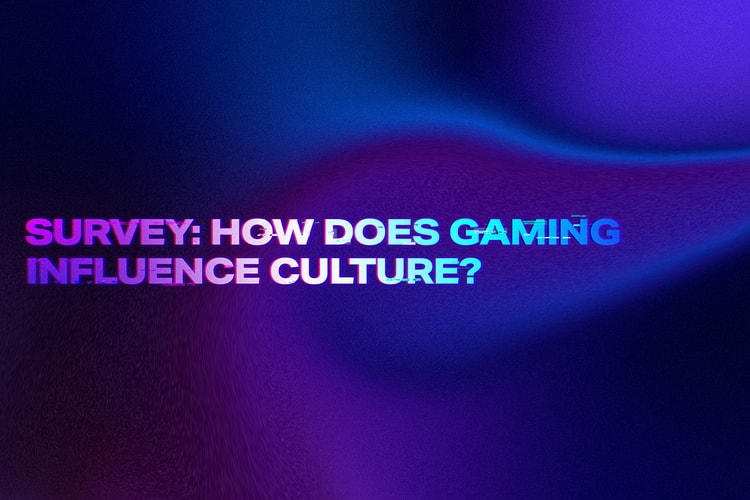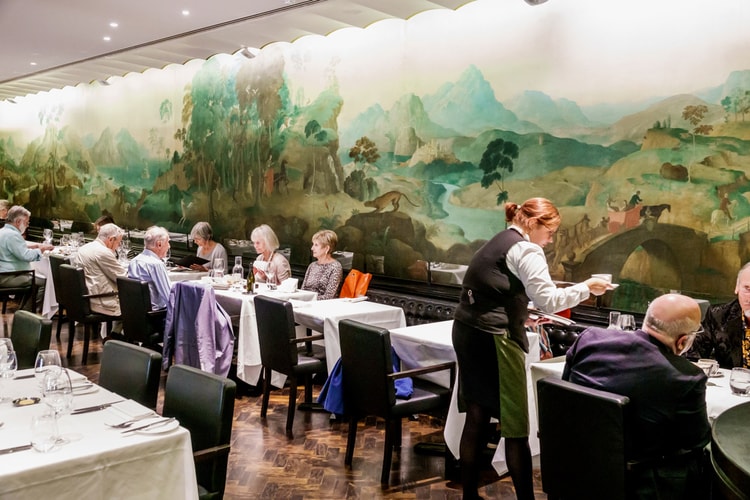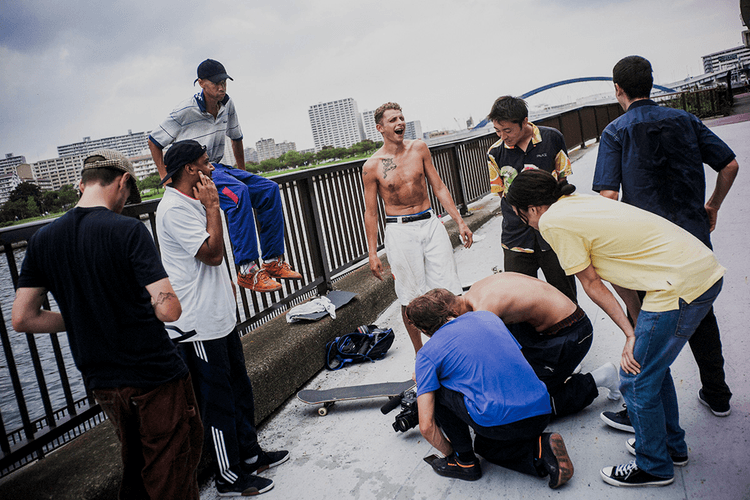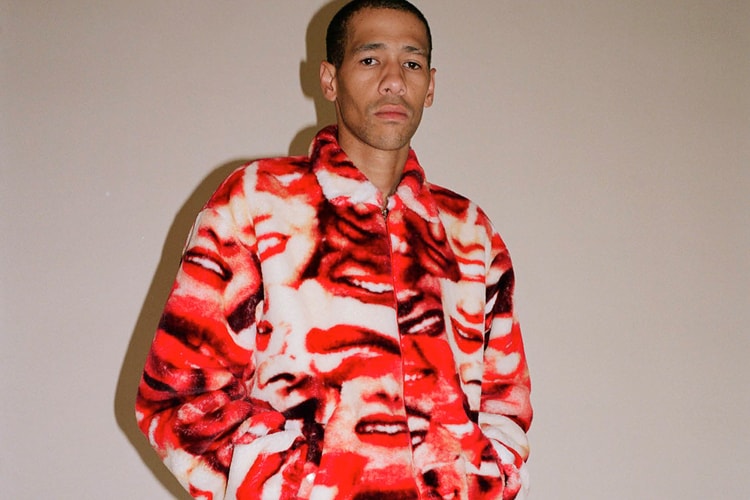Deadly Explosions in Beirut Leave Art Spaces in Ruins
A series of blasts took place this Tuesday that left over 70 people dead and over 4,000 injured.
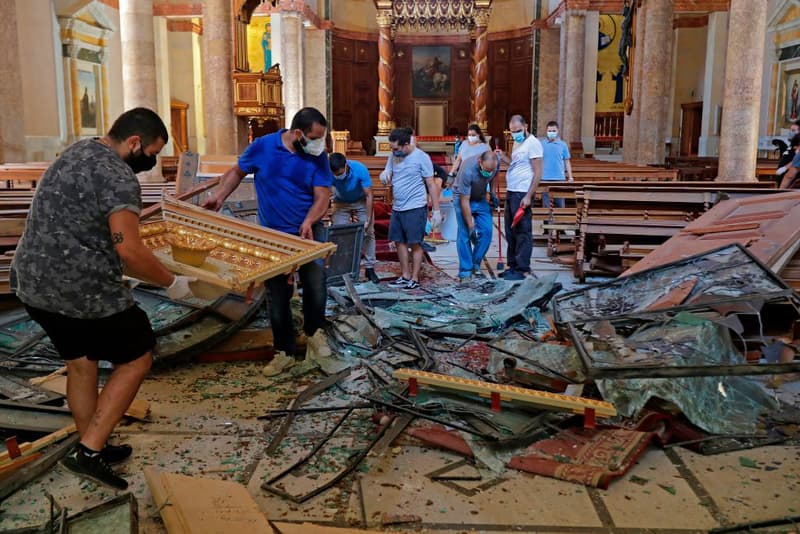
This Tuesday, two massive explosions at the Port of Beirut left over 70 people dead and over 4,000 injured. In its initial report, the Lebanese state-run National News Agency announced that a fire broke out near the Beirut Port. Lebanon’s Prime Minister told the public that an investigation is currently happening in regards to the 2,750 tons of explosive ammonium nitrate that was housed at the site for the past six years. The government recently declared a two-week state of emergency, giving the military full control in the capital. The terrifying incident only amplifies the Lebanon’s already-delicate state with the country on the brink of financial collapse even before the COVID-19 outbreak.
The explosions sent ripples of destruction across the Lebanese capital, damaging countless buildings from where it had occured. Major art galleries, including Marfa Gallery, located close to Beirut’s Port, and Galerie Tanit were entirely decimated. According to The Art Newspaper, Galerie Tanit had hosted a private viewing on Monday evening for the Lebanese artist Abed Al Kadiri’s solo exhibition “Remains of the Last Red Rose” that was set to run until September 25. Moreover, Opera Gallery’s Beirut outpost, situated in the city’s downtown neighborhood was also destroyed.
“One of my employees is in intensive care and the gallery has been damaged,” said gallery owner Saleh Barakat. “We barely had the time to close the open vitrines to protect the artworks and are now in the hospital to be with our colleague.”
The Sursock Museum, a 19th-century establishment that mounts modern and contemporary art was also severely damaged. “This is the strongest explosion I have ever witnessed,” said the museum’s director Zeina Arida who was at the museum when the explosion hit. “The museum is devastated.” Fortunately, none of the staff at the museum were wounded. “A lot of damage has been done to the structure of the building at a time when the dollar in Lebanon is so high that I don’t know how we will afford to buy new glass for the skylights, the windows and the exit doors,” added Arida. “We don’t have the means to buy new materials.”
The museum contained the collection of the Ramzi and Saeda Dalloul Art Foundation (DAF) spanning over 4,000 works by around 400 artists from across the Arab world. Although much of the works were harmed by the explosions, the galleries still remain intact, said the director Basel Dalloul. “The shockwave of the explosion blew in glass all over the city,” he adds.
The country is currently searching for missing people while giving treatment to the many injured. Lebanon’s president Michel Aoun has approved to take out 100 billion Lebanese pounds from the government’s 2020 budget for emergency aid and recovery.
You can make donations to the Red Cross treating the wounded in Lebanon here.




